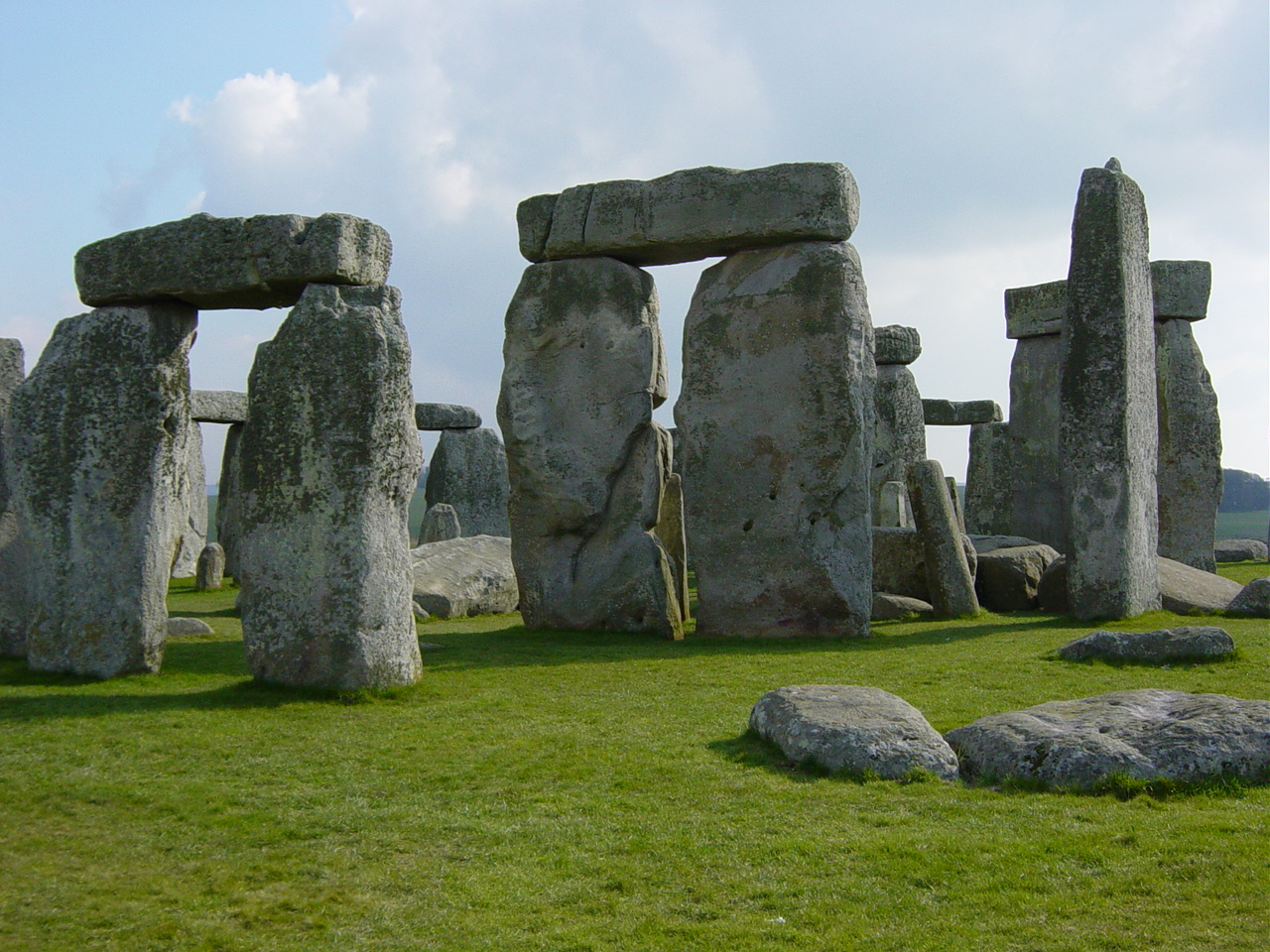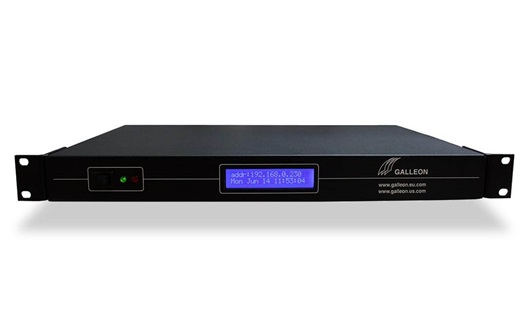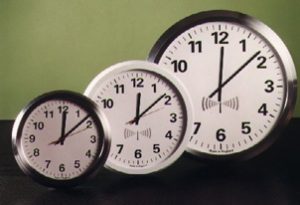Clocks that Changed Time
| By Richard N Williams
If you’ve ever tried to keep track of time without a watch or clock, you’ll realise just how difficult it can be. Over a few hours, you may get to within half an hour of the right time, but precise time is very difficult to measure without some form of chronological device.
Before the use of clocks, keeping time was incredibly difficult, and even losing track of days of the years became easy to do unless you kept as daily tally. But the development of accurate timepieces took a long time, but several key steps in chronology evolved enabling closer and closer time measurements.
Today, with the benefit of atomic clocks, NTP servers and GPS clock systems, time can be monitored to within a billionth of a second (nanosecond), but this sort of accuracy has taken mankind thousands of years to accomplish.

Stonehenge
With no appointments to keep or a need to arrive at work on time, prehistoric man had little need for knowing the time of day. But when agriculture started, knowing when to plant crops became essential for survival. The first chronological devices such as Stonehenge are believed to have been built for such a purpose.
Identifying the longest and shortest days of the year (solstices) enabled early farmers to calculate when to plant their crops, and probably provided a lot of spiritual significance to such events.
Sundials
The provided the first attempts at keeping track of time throughout the day. Early man realised the sun moved across the sky at regular paths so they used it as a method of chronology. Sundials came in all sorts of guises, from obelisks that cast huge shadows to small ornamental sundials.
Mechanical Clock
The first true attempt at using mechanical clocks appeared in the thirteenth century. These used escapement mechanisms and weights to keep time, but the accuracy of these early clocks meant they’d lose over an hour a day.
Pendulum Clock
Clocks first became reliable and accurate when pendulums began appearing in the seventeenth century. While they would still drift, the swinging weight of pendulums meant that these clocks could keep track of first minutes, and then the seconds as engineering developed.
Electronic Clocks
Electronic clocks using quartz or other minerals enabled accuracy to parts of a second and enabled scaling down of accurate clocks to wristwatch size. While mechanical watches existed, they would drift too much and required constant winding. With electronic clocks, for the first time, true hassle free accuracy was achieved.
Atomic Clocks
Keeping time to thousands, millions and even billion parts of a second came when the first atomic clocks arrived in the 1950’s. Atomic clocks were even more accurate than the rotation of the Earth so Leap Seconds needed developing to make sure the global time based on atomic clocks, Coordinated Universal Time (UTC) matched the path of the sun across the sky.





